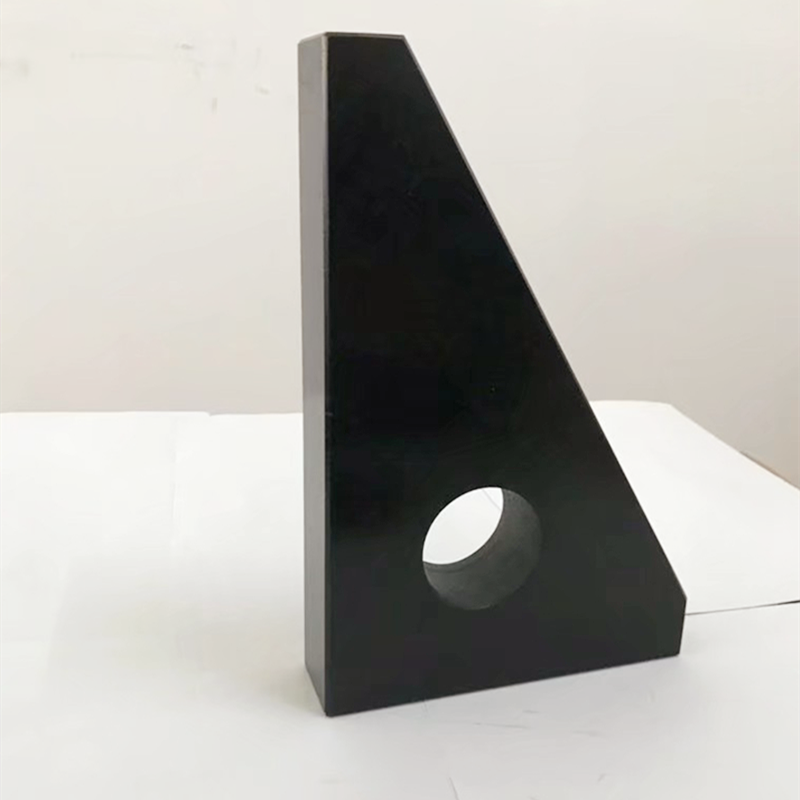Jul . 28, 2024 21:53 Back to list
Cost Analysis of Butterfly Valves with Actuators for Various Applications and Industries
Understanding the Pricing of Butterfly Valves with Actuators
Butterfly valves are a vital component in many industrial applications, functioning as a quarter-turn valve that helps regulate and control the flow of fluids through a pipe. When paired with an actuator, these valves can offer automated control, enhancing their efficiency and functionality. Understanding the pricing dynamics of butterfly valves with actuators is essential for industries looking to enhance their operations while managing costs effectively.
What is a Butterfly Valve?
A butterfly valve consists of a circular disc (the 'butterfly') mounted on a rotating shaft. When the shaft is turned, the disc rotates around its axis, either obstructing or allowing the flow of fluid through the pipe. This design enables quick operation and minimal flow resistance, making butterfly valves suitable for various applications, including water supply, wastewater treatment, and chemical processing.
The Role of Actuators
An actuator is a device that automates the operation of a valve, allowing it to open or close without manual intervention. These actuators can be electric, pneumatic, or hydraulic, providing different levels of speed, control, and power. The addition of an actuator can significantly enhance the functionality of a butterfly valve, making it suitable for applications requiring precision and reliability.
Factors Influencing Pricing
1. Material Composition The materials used to manufacture butterfly valves and actuators play a substantial role in their pricing. Valves made from high-grade stainless steel or special alloys suitable for corrosive environments tend to cost more than their basic counterparts. The actuator's material and type (e.g., electric, pneumatic, or hydraulic) will also influence the overall price.
butterfly valve with actuator price

2. Size and Specifications The size of the butterfly valve is a significant factor in determining its price. Larger valves that can handle greater flow rates typically come with a higher price tag. Additionally, specific design features, such as the valve's pressure rating or temperature tolerance, can also impact costs.
3. Type of Actuator The actuator type significantly affects the valve's price. Electric actuators tend to be higher in cost due to their complexity and the advanced technology used in their design. Pneumatic actuators may be less expensive, but they often require an external air supply, which can add to the overall system cost. Hydraulic actuators are usually the most expensive, owing to their power and performance capabilities.
4. Brand and Manufacturer The reputation of the brand and the quality of engineering also play a crucial role in pricing. Established manufacturers with a track record of quality and reliability may charge a premium for their products. However, their valves often come with better warranties and customer service, which can be beneficial in the long run.
5. Market Demand Pricing can also fluctuate based on market demand and supply chain factors. During times of increased demand—such as when new construction booms or when industries ramp up production—prices for butterfly valves and actuators may rise. Conversely, prices may fall during economic downturns when demand decreases.
Average Price Range
The price range for butterfly valves with actuators can vary widely. Basic models may start at around $100, while more complex systems can exceed $1,500 or even more, depending on the factors discussed. A mid-range setup for typical industrial applications might fall between $300 and $800.
Conclusion
Purchasing a butterfly valve with an actuator involves more than just selecting a model and enjoying its benefits. Understanding the various factors that influence pricing is crucial for making an informed decision that aligns with both operational needs and budget constraints. By considering material choices, valve size, actuator type, brand reputation, and prevailing market conditions, industries can better navigate the complexities of butterfly valve pricing to optimize their fluid control operations.
-
Water Valve Gate Design Prevents Leakage and CorrosionNewsJul.11,2025
-
Steel Fab Table Features Reinforced Construction for LongevityNewsJul.11,2025
-
Specialized Valve Designs for High Pressure SystemsNewsJul.11,2025
-
Machinist Gauge Pins Feature Ground and Lapped FinishesNewsJul.11,2025
-
Hose Check Valve Prevents Backflow in Irrigation LinesNewsJul.11,2025
-
Durable Micrometer Tools Withstand Heavy Workshop UseNewsJul.11,2025
Related PRODUCTS









